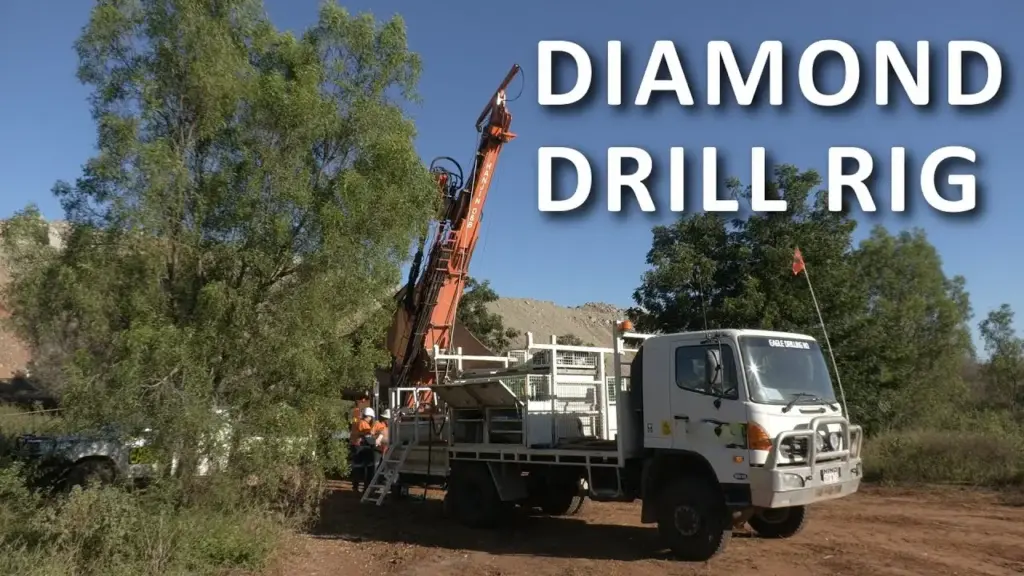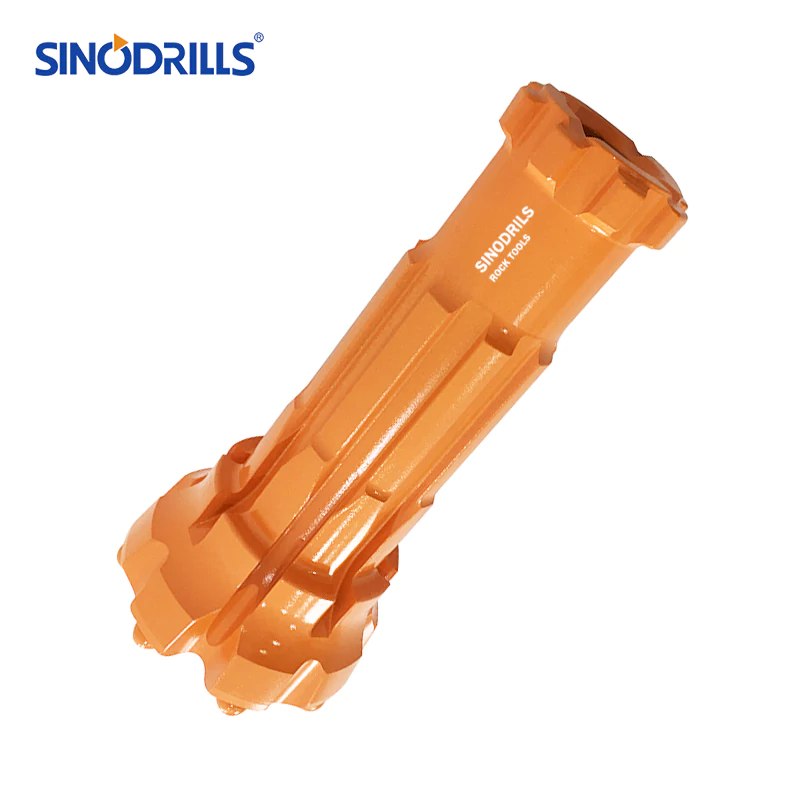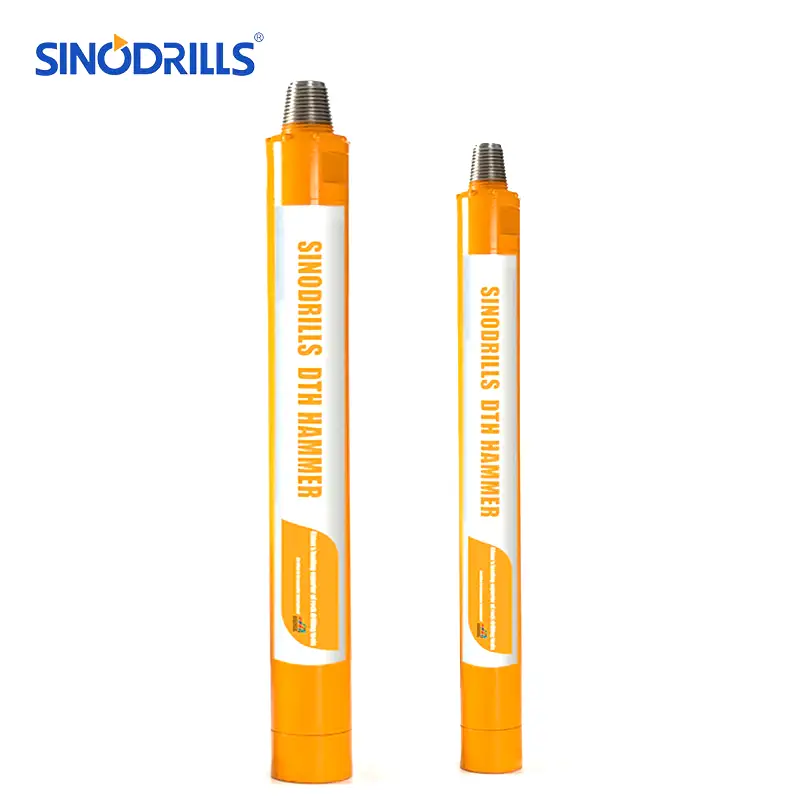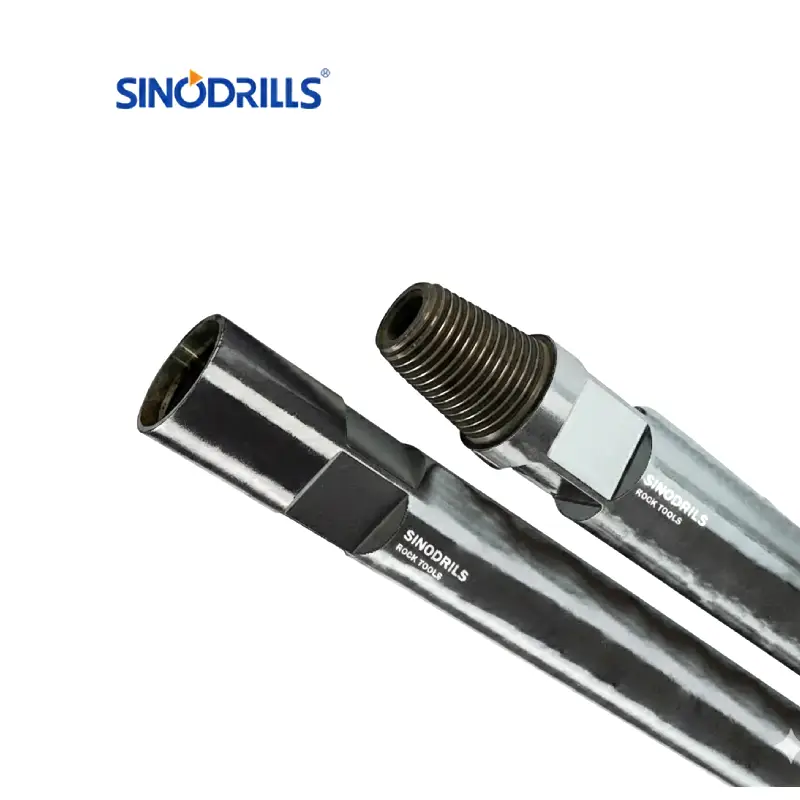Diamond drilling is a precise and powerful technique used to create holes in exceptionally hard materials. Employing drill bits embedded with industrial diamonds, this method offers superior cutting ability and accuracy compared to conventional drilling. Its versatility makes it indispensable across numerous industries.
From construction and mining to scientific research, diamond drilling enables the creation of clean, precise holes in materials that would otherwise be incredibly challenging or impossible to penetrate efficiently. This ultimate guide will delve into the intricacies of diamond drilling, exploring its principles, applications, and benefits.
What is Diamond Drilling

Diamond drilling is a highly effective and precise method for creating holes in very hard materials such as concrete, stone, tile, glass, and asphalt. It utilizes drill bits that have industrial-grade diamonds embedded in their cutting surfaces.
These diamonds, being one of the hardest known materials, grind away at the substrate as the bit rotates, producing clean and accurate holes with minimal vibration or damage to the surrounding material. The process often involves the use of water or other coolants to dissipate heat and flush away debris, enhancing efficiency and prolonging the life of the drill bit.
What is Diamond Drilling in Mining
In mining, diamond drilling is a crucial exploration technique used to extract cylindrical rock or mineral core samples from underground or surface deposits. Specialized drill rigs equipped with diamond-impregnated core bits bore into the earth, and the intact rock core is retrieved for geological analysis, assaying (determining mineral content), and geotechnical evaluation.
This method provides valuable information about the ore body’s grade, structure, and extent, guiding mine planning and resource estimation with high accuracy and minimal sample contamination.
History of Diamond Drilling
The history of diamond drilling marks its origins in the early 20th century, notably with the invention of the diamond drill bit by French engineer Georges Delamare. This innovation quickly revolutionized mineral exploration and mining, offering a more effective means of probing the earth’s resources.
Over subsequent decades, continuous advancements in diamond bit technology, coupled with the integration of computerized drilling systems, have significantly enhanced the efficiency, accuracy, and overall capabilities of diamond drilling techniques.
What Are Diamond Drill Bits

Diamond drill bits are specialized cutting tools designed for drilling through extremely hard and abrasive materials by utilizing the exceptional hardness of diamonds. These bits consist of a metal shank or core onto which small, industrial-grade diamond particles or segments are bonded, typically through sintering, brazing, or electroplating.
As the bit rotates, these embedded diamonds grind away at the material, creating a precise hole with minimal chipping or cracking. Diamond drill bits are essential for working with materials like concrete, stone, tile, glass, ceramics, and even some hardened metals, often requiring the use of water or other coolants to dissipate heat and flush away the resulting slurry.
How Does Diamond Drilling Work?
Diamond drilling works by employing a specialized drill bit embedded with industrial diamonds to grind through hard materials. As the drill bit rotates under controlled pressure, the extremely hard diamonds abrade the material, creating a precise hole while simultaneously capturing a cylindrical core sample within the hollow center of the bit. This process typically requires the use of water or another coolant to:
- Reduce friction and heat: Preventing damage to the bit and the material being drilled.
- Flush away cuttings (slurry): Ensuring efficient drilling and preventing clogging.
- Stabilize the drilling process: Leading to more accurate and cleaner holes.
The resulting intact core sample provides a continuous representation of the subsurface geology, making it invaluable for analysis in various fields.
Diamond Drilling Uses
Diamond drilling’s precision and ability to penetrate extremely hard materials make it indispensable across a wide range of industries. In the construction sector, it’s crucial for creating clean and accurate holes for plumbing, electrical conduits, HVAC systems, and anchor bolts in concrete and masonry structures.
Its ability to drill through reinforced concrete without causing significant vibration or damage is particularly valuable in sensitive environments or when structural integrity must be maintained. Furthermore, diamond core drilling is essential for obtaining samples for material testing and structural analysis.
Beyond construction, diamond drilling plays a vital role in mineral exploration and mining, as previously discussed, by providing high-quality core samples for geological assessment. It’s also extensively used in the stone and tile industry for cutting and shaping materials with exceptional accuracy and minimal waste.
Additionally, diamond drilling is employed in scientific research for obtaining rock and ice cores, in environmental studies for subsurface investigations, and even in medical procedures requiring precise bone removal. Its versatility stems from the unmatched hardness of diamonds, allowing controlled material removal in diverse and challenging applications.
Here are some key uses of diamond drilling:
- Construction: Drilling holes for pipes, wiring, anchors, and structural modifications in concrete and masonry.
- Mining & Mineral Exploration: Obtaining core samples for geological analysis and resource evaluation.
- Stone & Tile Industry: Precision cutting, shaping, and creating holes in granite, marble, and ceramics.
- Environmental Studies: Extracting soil and rock samples for contamination analysis and subsurface investigations.
- Scientific Research: Obtaining ice and rock cores for climate studies and geological research.
- Infrastructure Development: Drilling for utility installations, bridge inspections, and tunnel construction.
- Demolition: Controlled cutting of concrete structures for precise removal.
- Medical Procedures: Precise bone drilling in surgical applications.
- Automotive & Aerospace: Machining hard composite materials.
- Glass Industry: Cutting and creating holes in glass with high precision.
What Drilling Tools Are Needed for Diamond Drilling
Diamond drilling necessitates a specific set of tools to ensure efficient and effective operation. At the core is the diamond drill rig, which provides the necessary power and controlled pressure to the drill bit. Diamond drill bits themselves, with embedded industrial diamonds, are essential for cutting through hard materials.
A reliable water supply system is crucial for cooling the bit and flushing away the slurry generated during drilling. Additionally, various accessories enhance the process and safety.
Here’s a breakdown of the essential drilling tools needed for diamond drilling:
- Diamond Drill Rig: Provides power (electric, hydraulic, or pneumatic) and controlled feed pressure.
- Diamond Drill Bits: Core bits or solid bits with diamond segments or particles.
- Water Supply System: Includes a water pump, hoses, and often a water tank for coolant and slurry control.
- Bit Extension Rods: Used to increase the drilling depth.
- Core Barrel Assembly (for core drilling): Holds and retrieves the core sample.
- Anchoring System or Rig Stand: Secures the drill rig for stability and precise drilling.
- Slurry Collection System: May include a vacuum or containment system to manage drilling waste.
- Tooling and Wrenches: For bit changes and equipment adjustments.
- Safety Gear (PPE): Safety glasses, hearing protection, gloves, and appropriate workwear for the operator.
Advantages of Diamond Drilling
Diamond drilling offers several significant advantages, making it a preferred method for various applications requiring precision and the ability to penetrate hard materials. The key benefits include:
- High-Quality Core Samples: Providing intact and representative samples for detailed geological analysis, material testing, and resource evaluation.
- Precision and Accuracy: Creating clean, accurately sized holes with minimal damage to the surrounding material.
- Ability to Drill Hard Materials: Effectively cutting through concrete, stone, tile, glass, and even some hardened metals where other methods may struggle.
- Deep Drilling Capability: Allowing for exploration and investigation at significant depths, often exceeding what other drilling techniques can achieve efficiently.
- Reduced Vibration and Noise: Generally producing less vibration and noise compared to percussive drilling methods, leading to a more controlled and less disruptive operation.
- Versatility in Applications: Suitable for a wide range of industries, including mining, construction, environmental studies, and infrastructure development.
Disadvantages of Diamond Drilling
While diamond drilling offers numerous advantages, it also presents certain drawbacks that need consideration:
- High Initial and Operational Costs: The specialized equipment, particularly the diamond drill bits, can be expensive to purchase and maintain. Drilling operations themselves can also incur significant costs due to the need for skilled operators and potential water usage.
- Slower Penetration Rates in Extremely Hard Rock: Compared to some percussive drilling methods, diamond drilling can have slower penetration rates in exceptionally hard and non-fractured rock formations.
- Potential for Bit Wear and Damage: Although diamonds are very hard, the bits can still wear down or be damaged, especially if improper drilling techniques are used or if the bit encounters unexpected abrasive materials.
- Requirement for Cooling and Slurry Management: The process typically necessitates the use of water or other coolants, which adds complexity in terms of supply, handling, and disposal of the resulting slurry.
- Core Sample Limitations: While core samples provide detailed information, they only represent a small cylindrical portion of the formation, potentially missing important features or variations in the surrounding rock mass.
- Specialized Equipment and Expertise: Operating diamond drilling equipment requires trained personnel with specific knowledge and skills, which can impact labor costs and availability.
Diamond Drilling Safety & Environmental Considerations
Diamond drilling, while precise, necessitates strict adherence to safety protocols and environmental best practices. Operators must be thoroughly trained on equipment operation, emergency procedures, and potential hazards.
Proper personal protective equipment (PPE) is crucial to mitigate risks associated with noise, flying debris, and potential contact with drilling fluids. Environmentally, responsible slurry management is essential to prevent contamination of soil and water sources, and noise pollution should be minimized, especially in populated areas.
Key safety and environmental considerations include:
- Personal Protective Equipment (PPE): Mandatory use of safety glasses, hearing protection, gloves, and appropriate workwear.
- Equipment Inspection: Regular checks of drilling rigs, hoses, and bits for wear and tear to prevent failures.
- Emergency Preparedness: Having clear emergency procedures and readily accessible first-aid equipment.
- Noise Reduction: Employing noise dampening measures and adhering to local noise regulations.
- Slurry Containment and Disposal: Implementing proper methods for collecting, treating, and disposing of drilling slurry to avoid environmental contamination.
- Water Management: Efficient use of water for cooling and dust suppression, and responsible disposal or recycling of wastewater.
- Ground Stability Assessment: Evaluating the drilling site for potential hazards like unstable ground or underground utilities.
- Proper Ventilation: Ensuring adequate ventilation, especially when drilling indoors or in confined spaces, to manage dust and potential fumes.
- Waste Management: Properly handling and disposing of any waste materials generated during the drilling process.
- Operator Training: Comprehensive training on safe operating procedures and environmental regulations.
Difference Between Diamond Drilling and Air Core Drilling
Diamond drilling and air core drilling are both methods used to extract subsurface samples, but they differ significantly in their techniques, the type and quality of samples they yield, and their suitability for various geological conditions.
Diamond drilling employs a rotating drill bit embedded with industrial diamonds to grind through rock, producing a solid, continuous core sample that provides detailed geological information. This method is known for its accuracy and ability to penetrate very hard formations, but it can be slower and more expensive.
Air core drilling, on the other hand, uses a rotating hollow drill steel with a hardened steel or tungsten carbide bit. Compressed air is injected down the drill string, and the cuttings (碎屑) are forced up the center of the hollow drill steel to the surface.
This method is much faster and more cost-effective than diamond drilling, but it yields fragmented samples (chips or pulverized rock) rather than a solid core. Air core drilling is typically used in softer, unconsolidated materials and is often employed for initial reconnaissance or geochemical sampling over large areas.
Here’s a comparison highlighting the key differences:
- Sample Type: Diamond drilling produces solid core samples; air core drilling produces fragmented cuttings.
- Sample Quality: Diamond core samples retain the original rock structure and mineral relationships; air core samples are disturbed and mixed.
- Penetration Capability: Diamond drilling can penetrate very hard and consolidated formations; air core drilling is best suited for softer, unconsolidated materials.
- Drilling Speed: Diamond drilling is generally slower; air core drilling is significantly faster.
- Cost: Diamond drilling is more expensive due to specialized bits and slower progress; air core drilling is more cost-effective.
- Main Applications: Diamond drilling is used for detailed geological analysis, resource estimation, and geotechnical investigations; air core drilling is used for rapid reconnaissance, geochemical surveys, and initial exploration.
- Fluid Use: Diamond drilling often requires water or other coolants; air core drilling primarily uses compressed air for cuttings removal.
Difference Between RC Drilling and Diamond Drilling
Reverse Circulation (RC) drilling and diamond drilling are two distinct methods for subsurface exploration, each offering unique advantages in terms of sampling, speed, and cost. RC drilling utilizes a dual-walled drill pipe; compressed air is forced down the outer tube, and the pulverized rock cuttings are returned to the surface through the inner tube.
This process yields relatively large, dry, and uncontaminated chip samples quickly and cost-effectively, making it suitable for preliminary resource evaluation and grade control. However, the rock structure is destroyed, and sample quality is not as detailed as that obtained from diamond drilling.
Diamond drilling, as previously discussed, employs a diamond-impregnated core bit to cut a solid, continuous core sample. This method provides high-quality, intact geological information, preserving the rock’s texture, structure, and mineral relationships, which is crucial for detailed analysis and resource estimation.
While diamond drilling can penetrate very hard formations and retrieve deep samples with precision, it is generally slower and more expensive than RC drilling. The choice between the two methods often depends on the project’s objectives, the geological setting, and budgetary constraints.
Here’s a comparison highlighting the key differences:
- Sample Type: RC drilling produces large, dry chip samples; diamond drilling produces solid core samples.
- Sample Quality: RC samples are fragmented, losing structural context; diamond cores preserve the original rock structure.
- Penetration Capability: Both can achieve significant depths, but diamond drilling excels in very hard rock.
- Drilling Speed: RC drilling is significantly faster than diamond drilling.
- Cost: RC drilling is generally more cost-effective per meter drilled.
- Water Usage: RC drilling typically uses less water; diamond drilling often requires substantial water for cooling and flushing.
- Main Applications: RC drilling is used for rapid, cost-effective preliminary assessment and grade control; diamond drilling is used for detailed geological analysis, resource estimation, and geotechnical investigations.
- Contamination Risk: RC drilling minimizes contamination due to the closed sample return system; diamond drilling has a higher risk if drilling fluids interact with the core.
Conclusion
Diamond drilling stands out as a precise and efficient method for tackling hard materials. Its ability to create clean, accurate holes with minimal vibration makes it indispensable across various industries. From construction and plumbing to geological exploration, the unique properties of diamond tooling deliver superior results.
Understanding the nuances of diamond drilling techniques and equipment is key to maximizing its potential. Choosing the right diamond bit and employing proper drilling procedures ensure both efficiency and longevity of the tools. This guide underscores the versatility and effectiveness of diamond drilling for demanding applications.
For businesses seeking top-tier wholesale diamond drilling tools, Sinodrills offers a comprehensive selection. Their commitment to quality and performance ensures reliable solutions for all your diamond drilling needs. Partner with Sinodrills to access durable and efficient tools that meet the highest industry standards.





